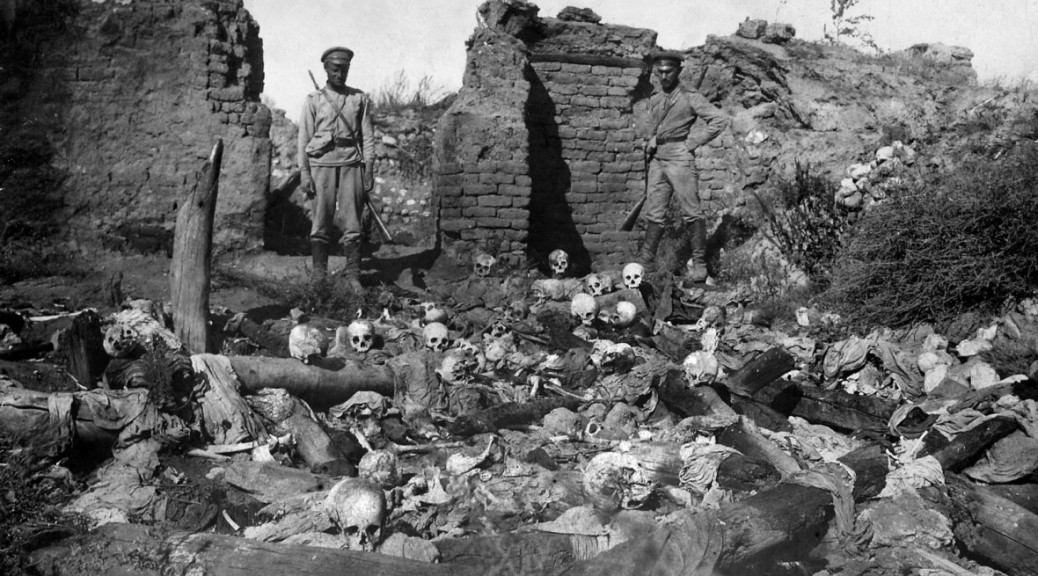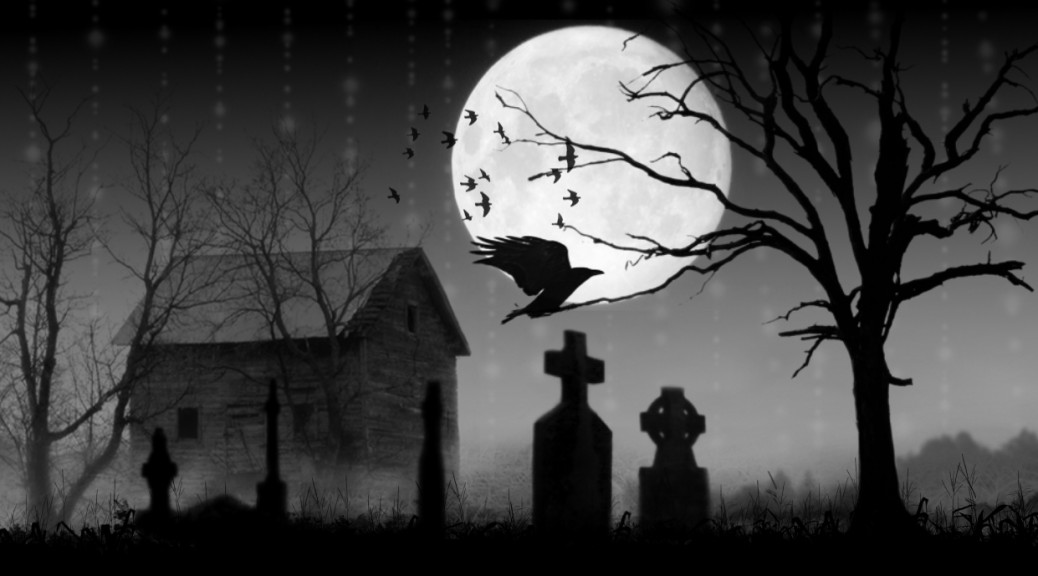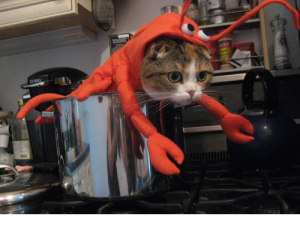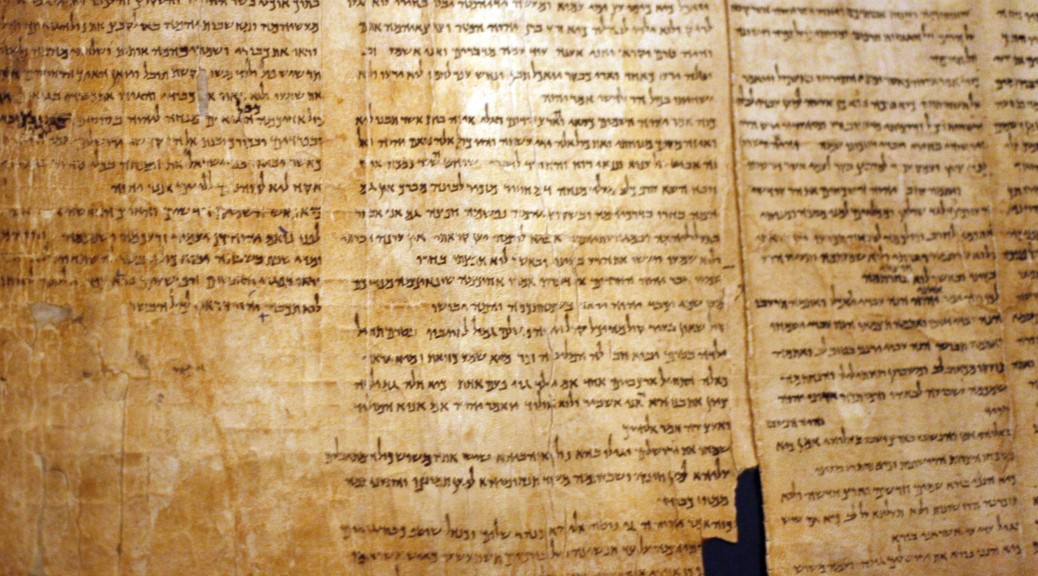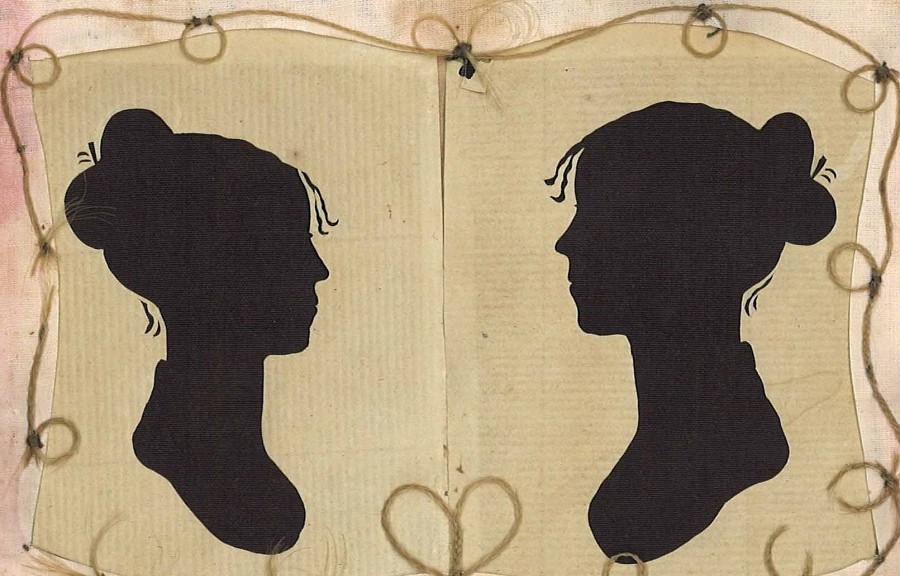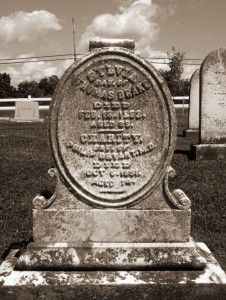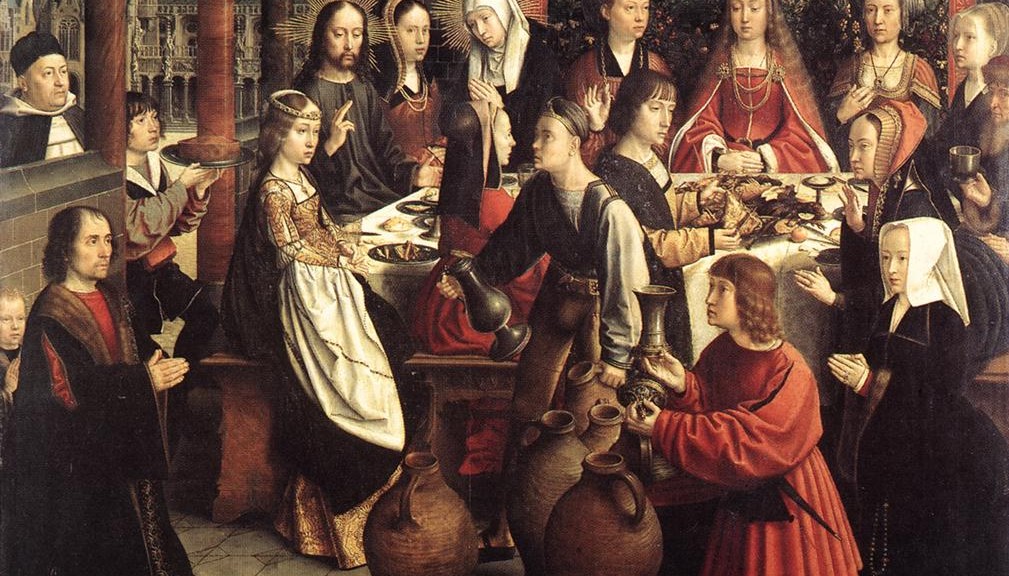John 2:1 – 11 describes the first miracle:
On the third day there was a wedding in Cana of Galilee, and the mother of Jesus was there. Jesus and his disciples had also been invited to the wedding. When the wine gave out, the mother of Jesus said to him, “They have no wine.” And Jesus said to her, “Woman, what concern is that to you and to me? My hour has not yet come.” His mother said to the servants, “Do whatever he tells you.” Now standing there were six stone water jars for the Jewish rites of purification, each holding twenty or thirty gallons. Jesus said to them, “Fill the jars with water.” And they filled them up to the brim. He said to them, “Now draw some out, and take it to the chief steward.” So they took it. When the steward tasted the water that had become wine, and did not know where it came from (though the servants who had drawn the water knew), the steward called the bridegroom and said to him, “Everyone serves the good wine first, and then the inferior wine after the guests have become drunk. But you have kept the good wine until now.” Jesus did this, the first of his signs, in Cana of Galilee, and revealed his glory; and his disciples believed in him.
Weddings were followed by feasts which could last for several days. It was a point of pride in Middle Eastern cultures then, as it is now, for the host to be able to provide plentiful food and wine for their guests. Running out of wine while the party is still going strong would have brought dishonor on the family even if it wasn’t due to their poor planning or lack of funds. Maybe they had enough before, but then Jesus decided to invite his disciple bros. Not a problem, a few more are always welcome.
Mary decides to state what is obviously obvious.* “They have no wine.” He might tease her a bit, but he’ll still provide the wine to make his mom happy. She’s confident that he can do something about the lack of wine. Does this mean she knows he can perform miracles? The Koran (3:49) says:
And (make him) a messenger to the Children of Israel (saying): I have come to you with a sign from your Lord, that I determine for you out of dust the form of a bird, then I breathe into it and it becomes a bird with Allah’s permission, and I heal the blind and the leprous, and bring the dead to life with Allah’s permission; and I inform you of what you should eat and what you should store in your houses. Surely there is a sign in this for you, if you are believers.
But this story is originally from the Gospel of Thomas, written about 140 AD. It is not a part of the official Christian canon and earlier miracles would conflict with the statement that the miracle of the wine was “the first of his signs”.
*Dads tell dad jokes, moms state the obvious. Parents act like parents no matter the place or time. What would be a dad joke in Jesus’s case? The platypus?

